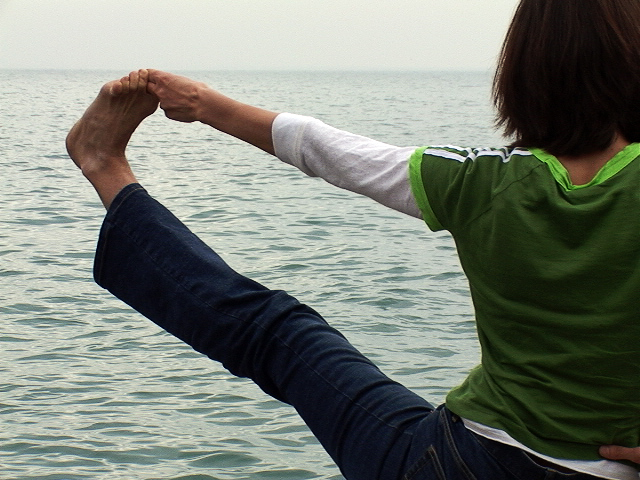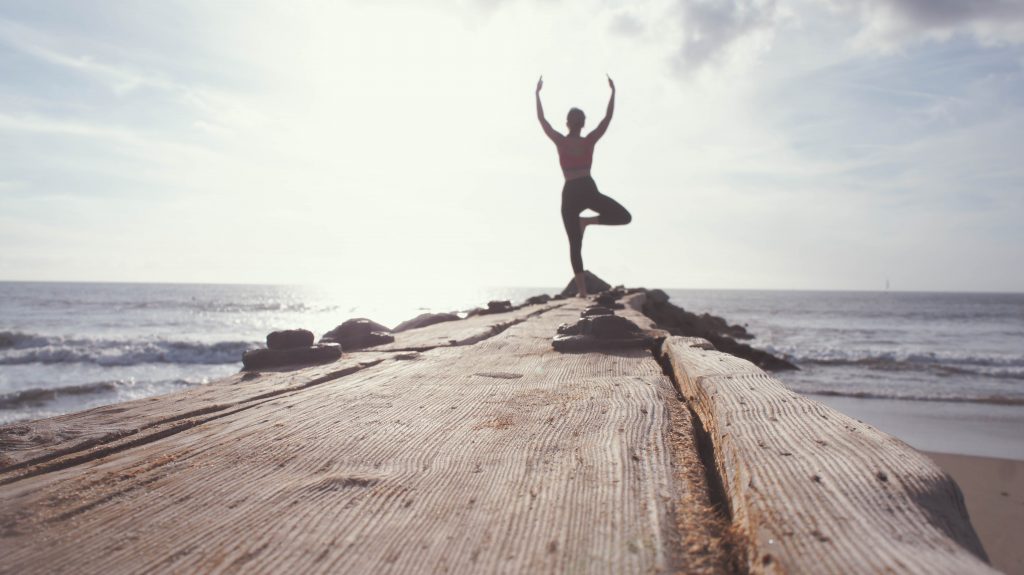
Tips on Exercising Your Way Through Arthritis Pain
Photo Credit: Quinn Dombrowski, via Flickr Creative Commons
Exercise can be one of the best treatments for arthritis pain. Painful, swollen and stiff joints may make you feel like lifting a weight or getting outside for a brisk walk will make your symptoms worse, but the reality is that a daily exercise routine helps to slow the progression of arthritis.
A study in the Journal of Aging Research found that exercise can be a vital tool for maintaining mobility and independence as we age. The benefits include increased muscular strength, improved movement of your affected joints, decreased arthritic pain, improved energy and overall vitality, and even better sleep.
Stretching and flexibility exercises help to preserve your range of motion.
Everyone Needs a Personalized Plan
It’s important to keep in mind that everyone’s body and every case of arthritis is different. Not everyone will enjoy the same benefits from exercise. It’s therefore important that you initially consult an expert who understands your history with arthritis and can help personalize a safe exercise plan.
Here are several tips for getting the best results from your fitness routine:
Check With Your Physician
An appointment with your family physician or rheumatologist to discuss your desire to start an exercise program is a wise investment. They may have valuable input and help to reassure you that exercise will be helpful. If you take medications, they may also suggest changes, such as the time of day when you take them, to ensure a safe and effective fitness experience.
Incorporate Stretching and Range of Motion Exercises
Arthritis often leads to stiff, swollen and painful joints. Stretching and flexibility exercises help to preserve your range of motion. Even the smallest movements in your affected joints will help over time. In the Ornish Lifestyle Medicine, we utilize gentle yoga postures that promote stretching and lengthening of the body and its joints (see our post on the benefits of combining yoga and fitness). This type of active stretching can be particularly helpful in combination with exercise. Remember that joints and muscles stretch more easily and effectively if they are warmed up. (See Ornish Living article, Experience the Benefits of Mixing Yoga and Fitness.) Even a five to ten-minute walk can be enough to help prepare your joints for flexibility exercises or yoga.
Work With a Knowledgeable Professional Trainer or Therapist
An educated and experienced trainer or therapist can help guide you. It’s key to find someone who knows the disease processes of arthritis and is well-read on the treatment of it. A helpful professional can make educated recommendations that focus on keeping you safe, limiting your pain and discomfort, and achieving your goals.
Take It Day to Day
Arthritis symptoms change everyday. It may only take a change in the weather to cause pain and swelling of your joints. There’s not a lot we can do to predict or change external circumstances that affect your symptoms. Accepting this fact and making the best of each day is critical.
On the good days, when your arthritis symptoms are minimal or none at all, try to take full advantage and exercise a bit more. On those days where the moment you wake you know it’s going to be rough, remember to give yourself a break and only do as much as you can. We know this can be the cycle of arthritis symptoms so just ride that wave the best you can.
Incorporate Both Strength Training and Aerobic Exercise
The combination of strength training and aerobic exercise will benefit both your cardiovascular system and your musculoskeletal system. For maximum benefits, try to include both forms of exercise. Remember to always monitor your response to exercise. Your exercise program is meant to help, not hurt your body. If you feel the exercise is too intense or causing pain make sure to slow down, lift less weight or take a day off and see if your symptoms improve. If exercise causes your symptoms to become worse, you may need to make changes to your fitness program. Always consult your physician, trainer or therapist for input.
Practice Stress Management
Ornish Lifestyle Medicine prescribes stress management as a tool to calm and balance the nervous system and decrease the hormones that are released in our bodies during times of stress. Some studies have found that a daily practice of stress management such as yoga or meditation may help to reduce pain, discomfort, and stiffness in your joints that is caused by aging and inflammation.
As you begin an exercise routine, be sure to closely monitor yourself. If you experience any increases in pain, stiffness or swelling, it’s important to talk to your trainer or physician. You may require a day or two of rest before resuming exercise. But don’t give up. As long as you take care of yourself and try not to push yourself too hard, your symptoms will begin to improve.
What successful exercise strategies have you found while trying to improve your arthritis symptoms?








